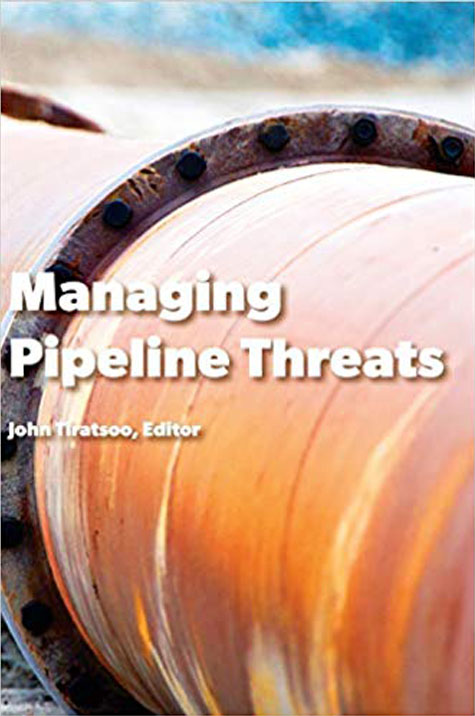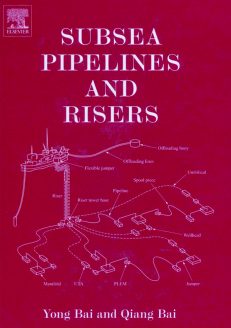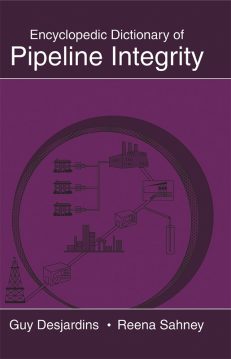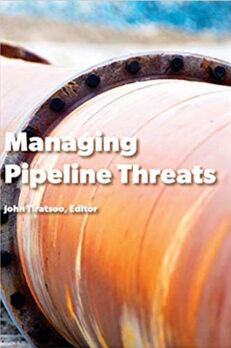Description
An introduction to managing threats to pipeline safety and operations, this new book examines all the types of threats – from illegal tapping to corrosion, cracking, accidental third-party damage, geotechnical hazards and defective construction – and explains the methods and practices used to prevent or mitigate them.
This book is an introduction to managing threats in pipelines. Everyone working in the pipeline industry – and anyone concerned with safe and reliable operation of pipelines – needs to be aware of threats and must understand how the resulting risks are managed.
A novel feature of the book is embedded QR codes and links with which the reader can access an extensive online library of reference documents, illustrations, photographs and videos.
The book opens with an introductory overview and a chapter on ‘Pipeline Engineering Principles,’ which introduces the reader to the infrastructure that transports our energy around the world: crude oil and natural gas pipelines. It also gives basic principles in pipeline engineering and explains some pipeline design concepts.
Pipelines are made using steel tubes called ‘line pipe,’ and Chapter 3, ‘Line Pipe Principles,’ covers the manufacture of this line pipe and the standards used to ensure high quality. Chapter 4, an ‘Introduction to In-line inspection, or ILI – the use of inspection tools inside a pipeline – reviews the in-line inspection tools available today for inspecting all the types of high-pressure pipelines.
Chapters 5 through 12 cover some of the main threats to pipelines: corrosion, cracking, mechanical damage, geohazards, material and construction defects, theft, and specific threats to submarine pipelines. Chapter 13, ‘Pipeline Defect Assessment Basics,’ introduces the reader to methods for assessing the significance of pipeline defects such as corrosion and dents.
Chapter 14 is devoted to ‘Pipeline Integrity Management.’ Integrity management is part of asset management and includes the many and varied activities pipeline operators must undertake to ensure that releases of products from their pipelines do not occur.
In the final chapter several eminent figures in the pipeline industry share their thoughts on the state of current technology and the needs and promise of the future.
Contents:
Introduction, Dr Phil Hopkins
Pipeline engineering principles, Dr Phil Hopkins
Line pipe principles, Dr Gerhard Knauf
Introduction to ILI, Dr Michael Beller
External corrosion, Dr Roger King
Internal corrosion, Dr Roger King
External cracking, Dr Phil Hopkins and Dr Roger King
Mechanical damage, Dr Phil Hopkins
Submarine pipelines, Nigel Curson
Management of geohazards, Dr Andy Young
Material and construction defects, Dr Brian Leis
Pipeline protection, Marcelino Guedes Gomes
Pipeline defect assessment basics, Dr Phil Hopkins
Pipeline integrity management, Dr Phil Hopkins
Where next?
If you are purchasing an eBook, once your eBook order is processed, you will receive an email containing a download link. You will be allowed installation of the eBook on two separate computers.






